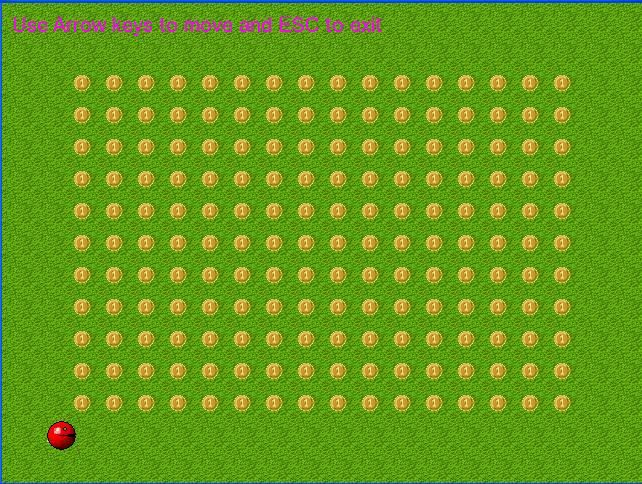If you're loading the image multiple times, you're wasting memory. I'm surprised it's been mentioned without some sort of recommendation not to do it.
As for how to hide them; it's simple: stop rendering the image there.
How do you know when to stop rendering the image there? When Pac-Man covers the coin.
How do you know when Pac-Man covers the coin? A very basic collision engine.
Circular collision is easy. A circle is only two things: a point and a radius. It could be represented as such:
typedef struct ACircle
{
int x;
int y;
int radius;
} ACircle;
You're not looking to do actual collision testing in this case, since you're looking for Pac-Man to cover the coin rather than for Pac-Man to merely touch the coin (I assume; but then I was never big on pacman so I don't know what they did).
The most basic way to check for this is to use the bounding rectangles of the graphics, but this has inaccuracies. All you'd need to do is check to see if the coin's rectangle was contained by pacman's rectangle, with such simple math you should have no effort figuring it out yourself.
The proper way to do this would be to ensure that the circle the coin makes is within the circle that Pac-Man makes. You can use a pixel-perfect solution or an advanced mathematical formula; I recommend the latter although without decent geometric grounding it may be beyond you. The following is an explanation of the formula:
Truth: A point is contained within a circle if a line drawn from the point to the center of the circle is less than the radius of the circle.
.: Truth: A circle is contained within another circle if the distance between their centers plus the radius of the contained (coin) circle is smaller than the radius of the containing (pac-man) circle.
To find the distance between the center of the two circles from 2D coordinates, you'll need to use the
Pythagorean Theorem, which states that the square of the length of the hypotenuse of a right-triangle is equal to the sum of the squares of the other two sides. The two sides would be the absolute values of the horizontal and vertical differences between the centers of the circles. The hypotenuse would then be the distance between them. The C math library has all functions required for using this formula.
Then you simply add the smaller radius to the resulting hypotenuse, and compare to the larger radius. If the larger radius is larger than the combined smaller radius and hypotenuse, then the coin should not be rendered again. Otherwise, the coin should still be drawn.
Simple, right?
(The funny thing about programming is... half of it's math, and the other half is logic, which is also tightly linked to math.

)

